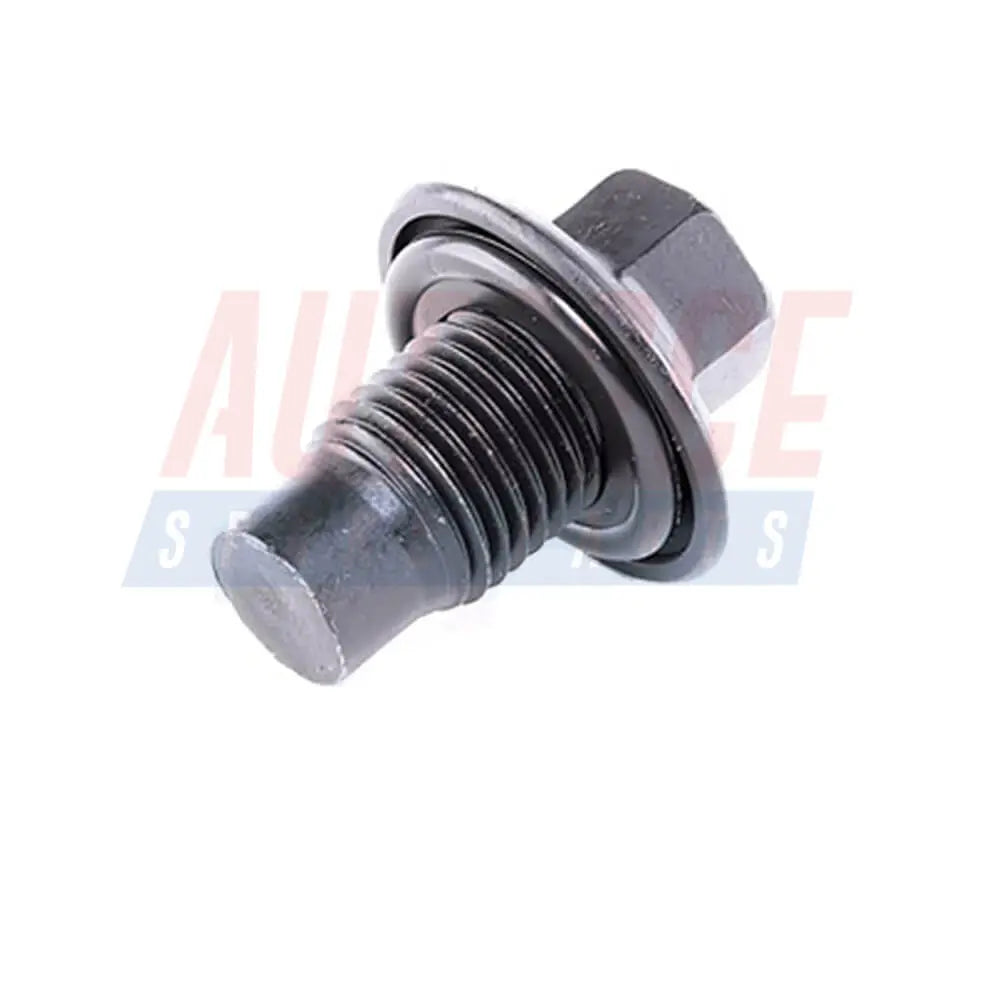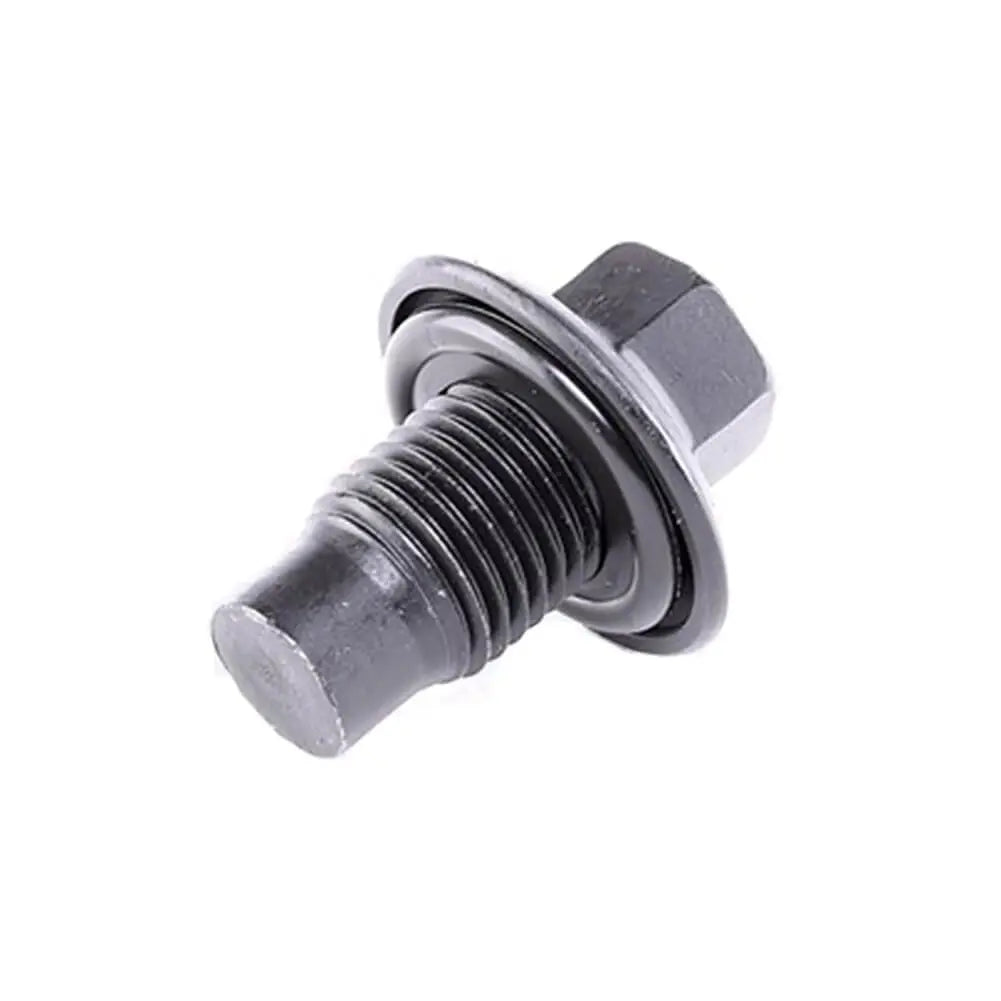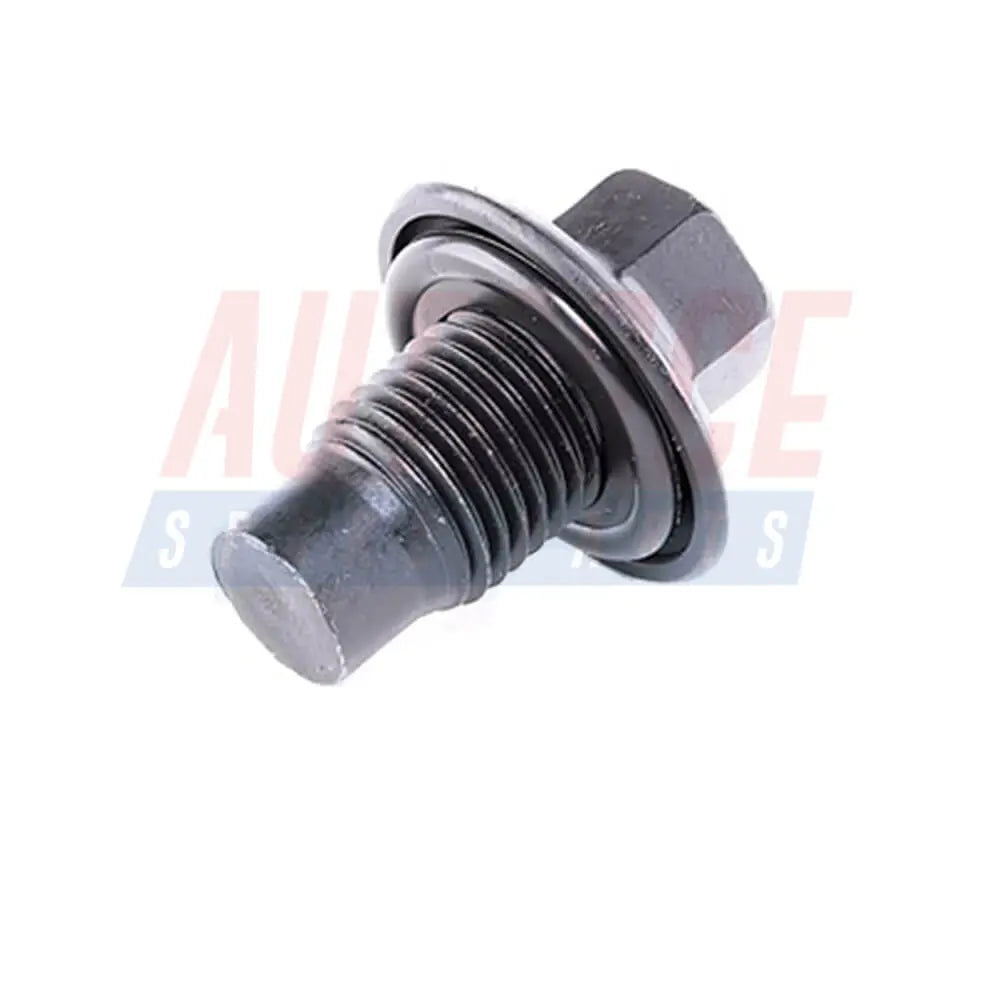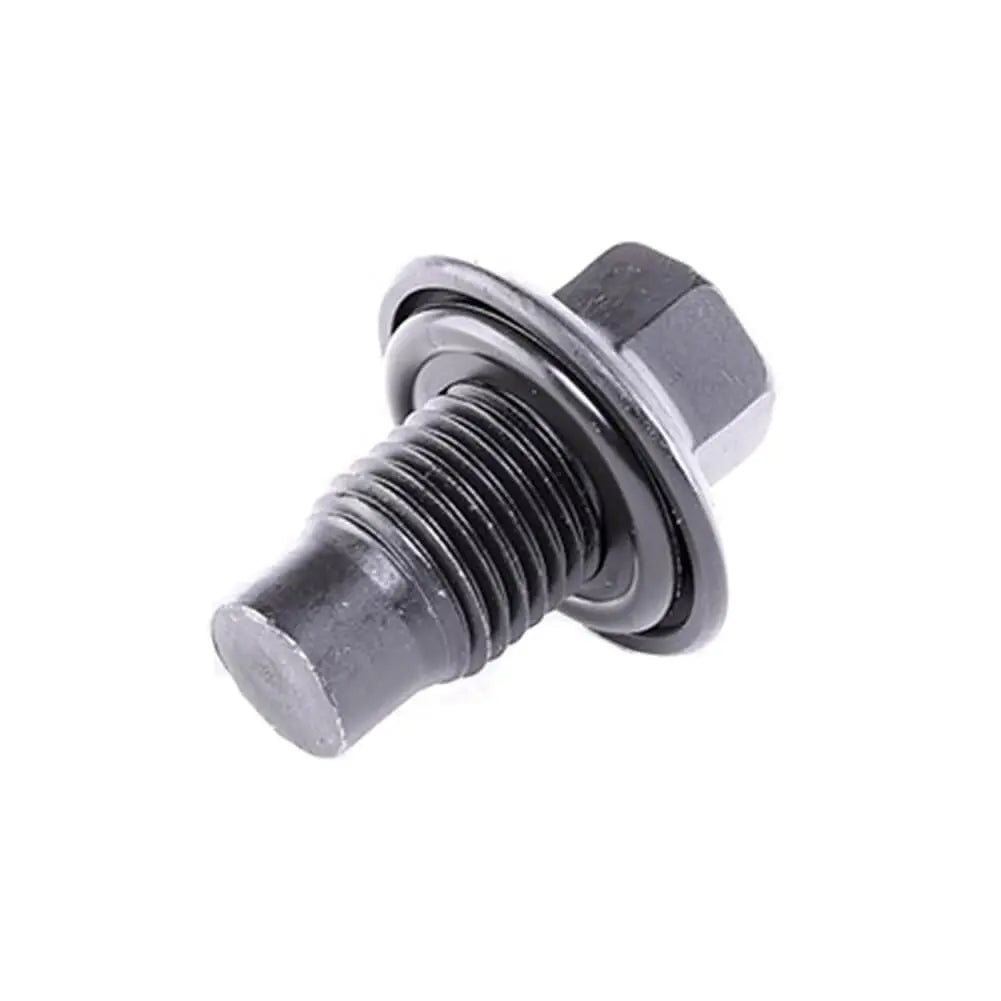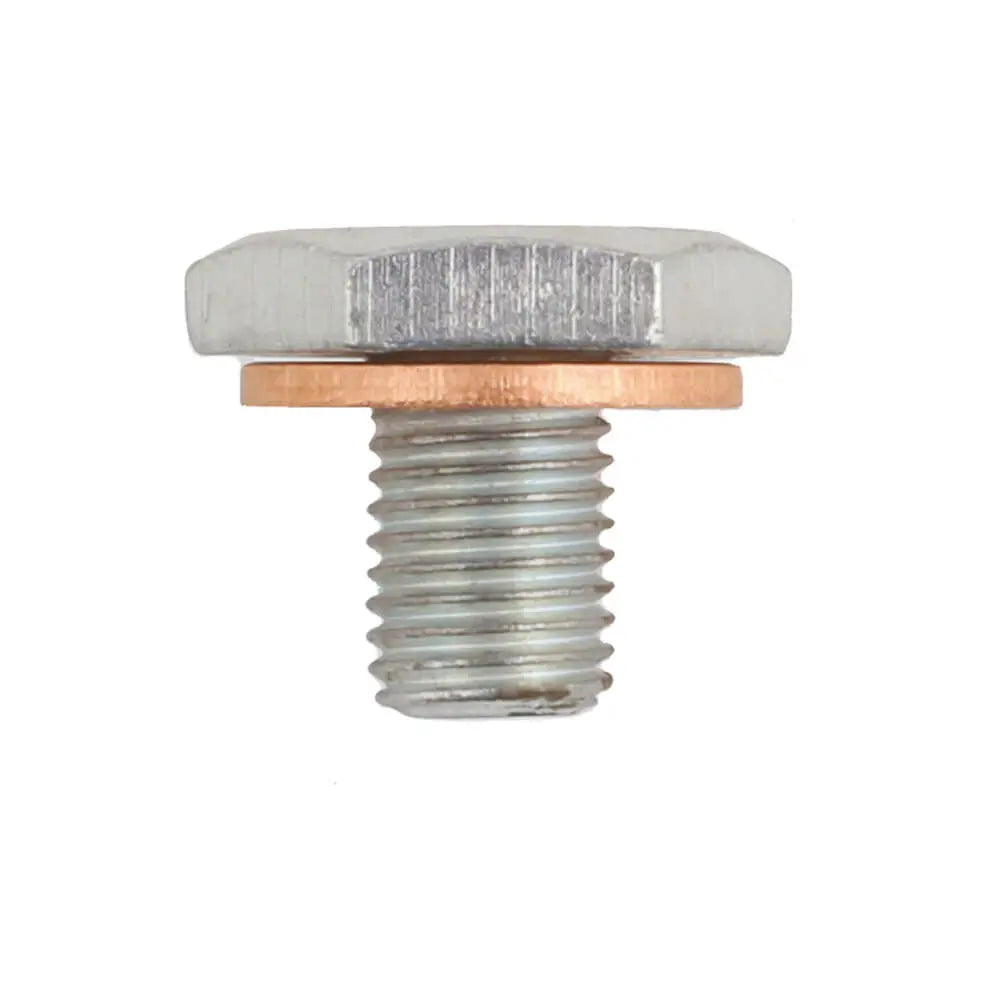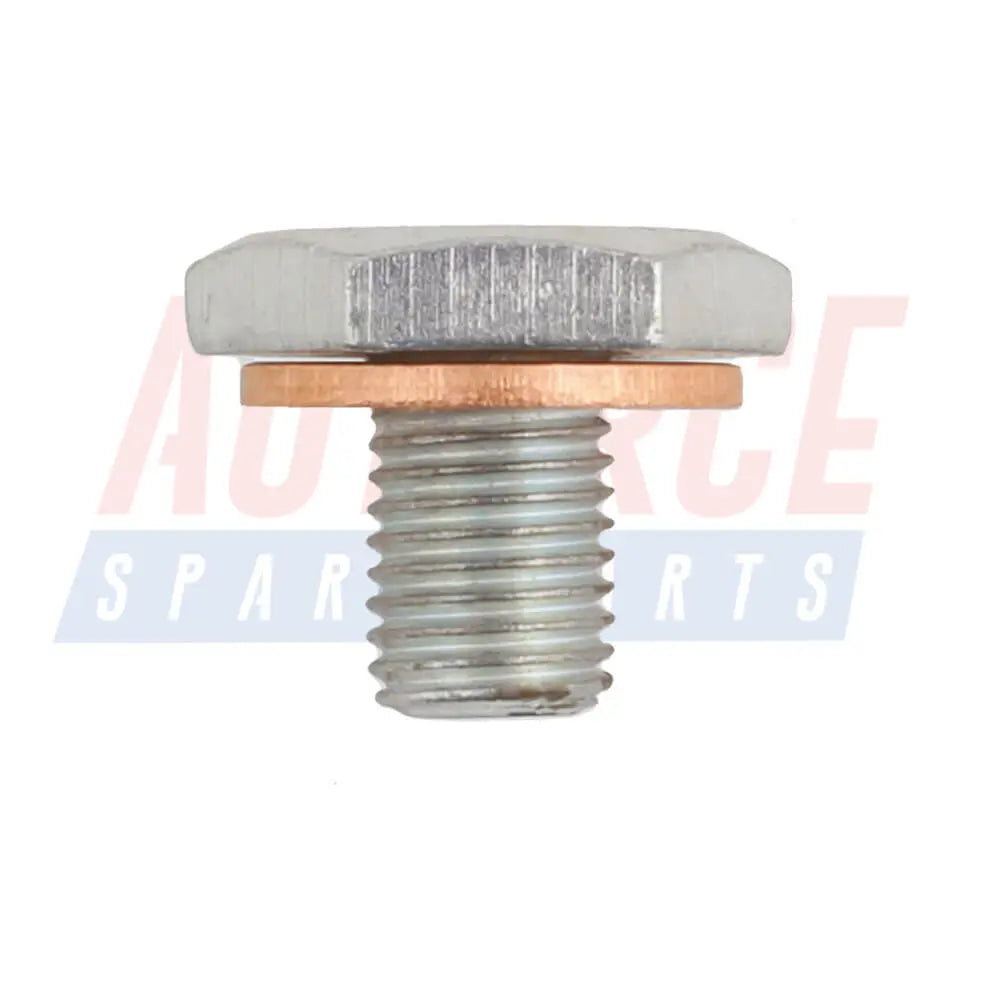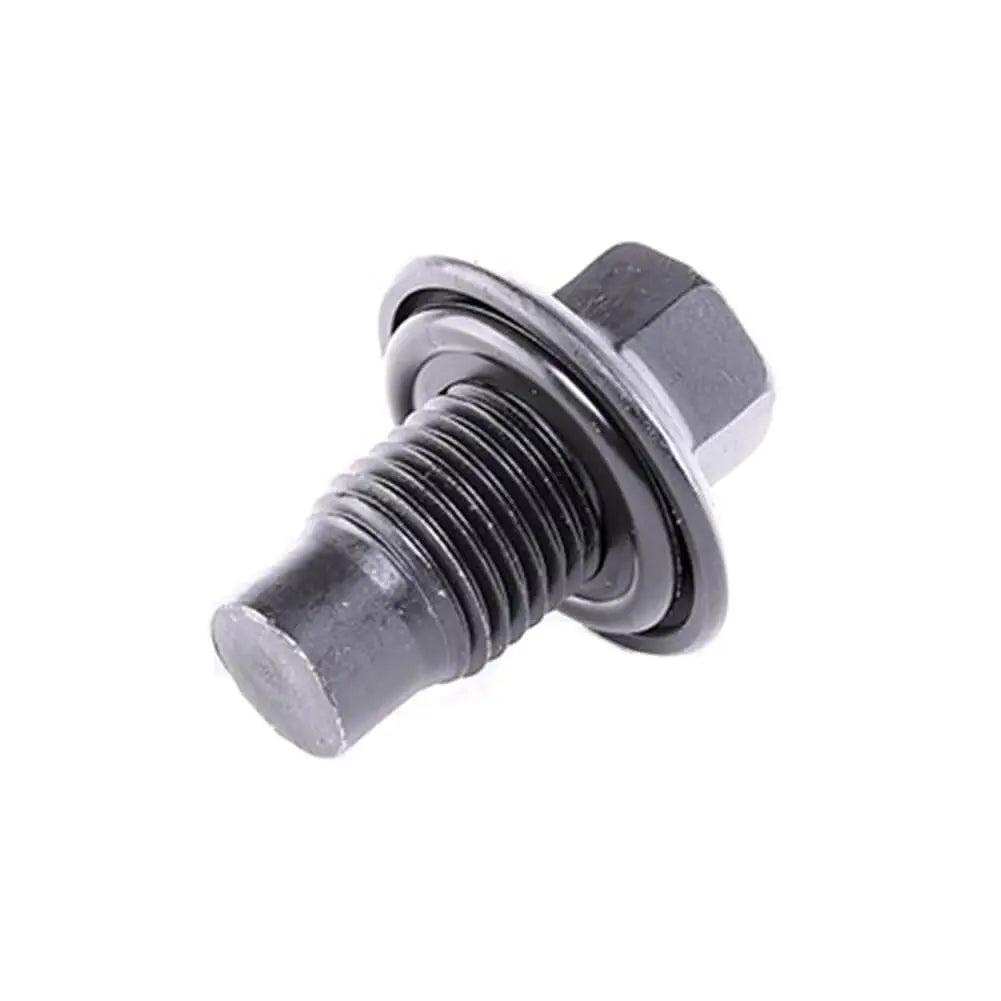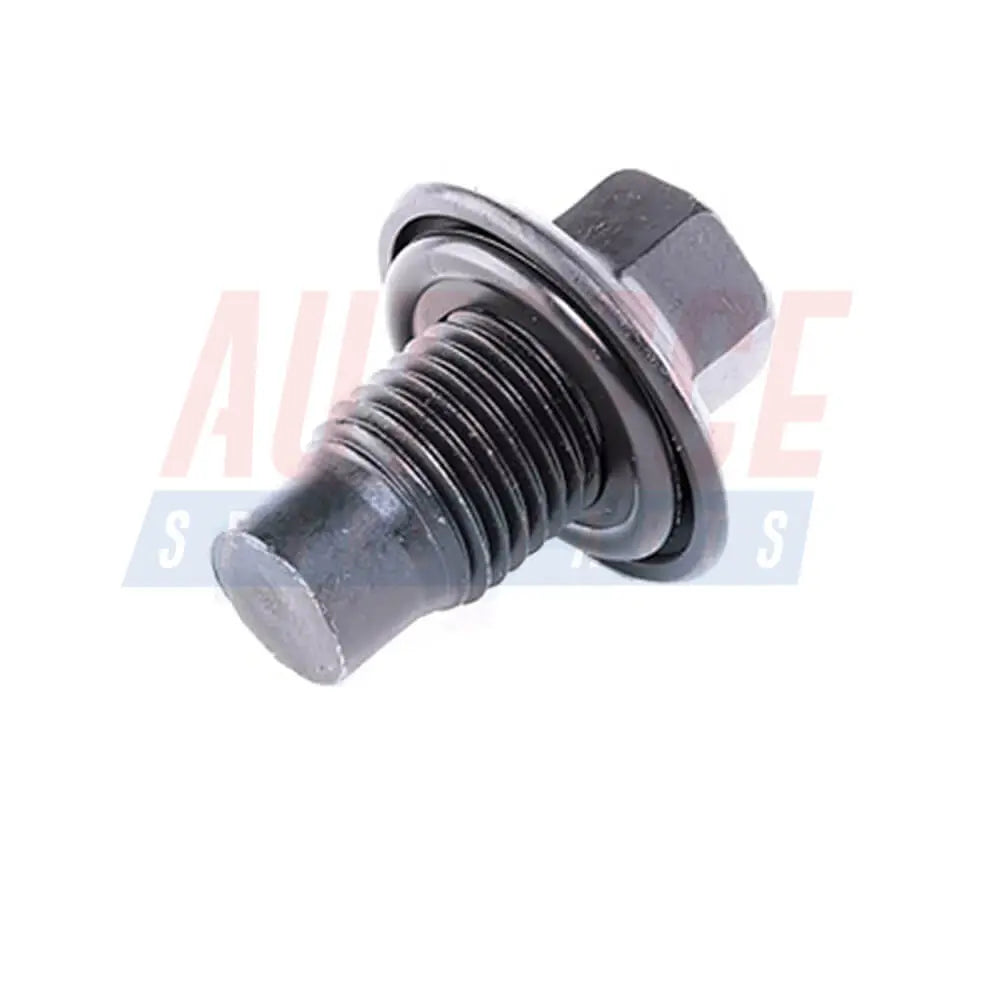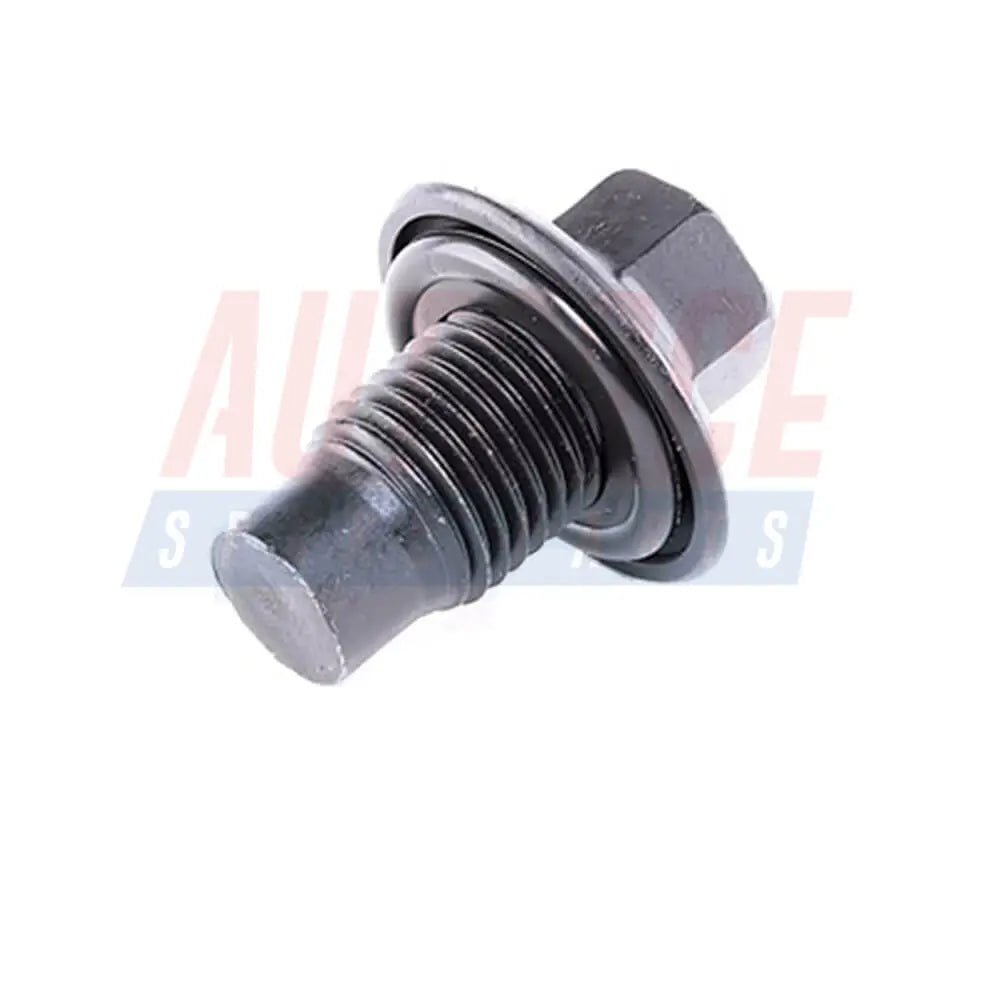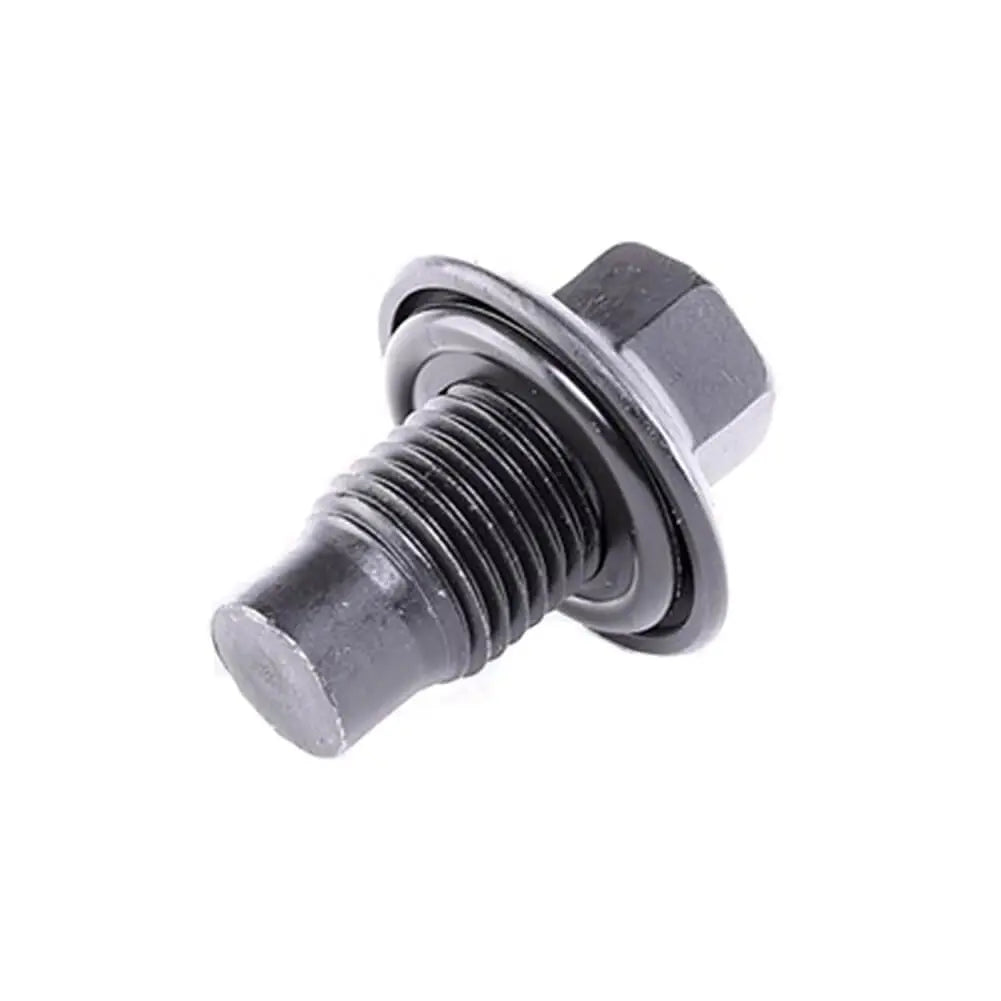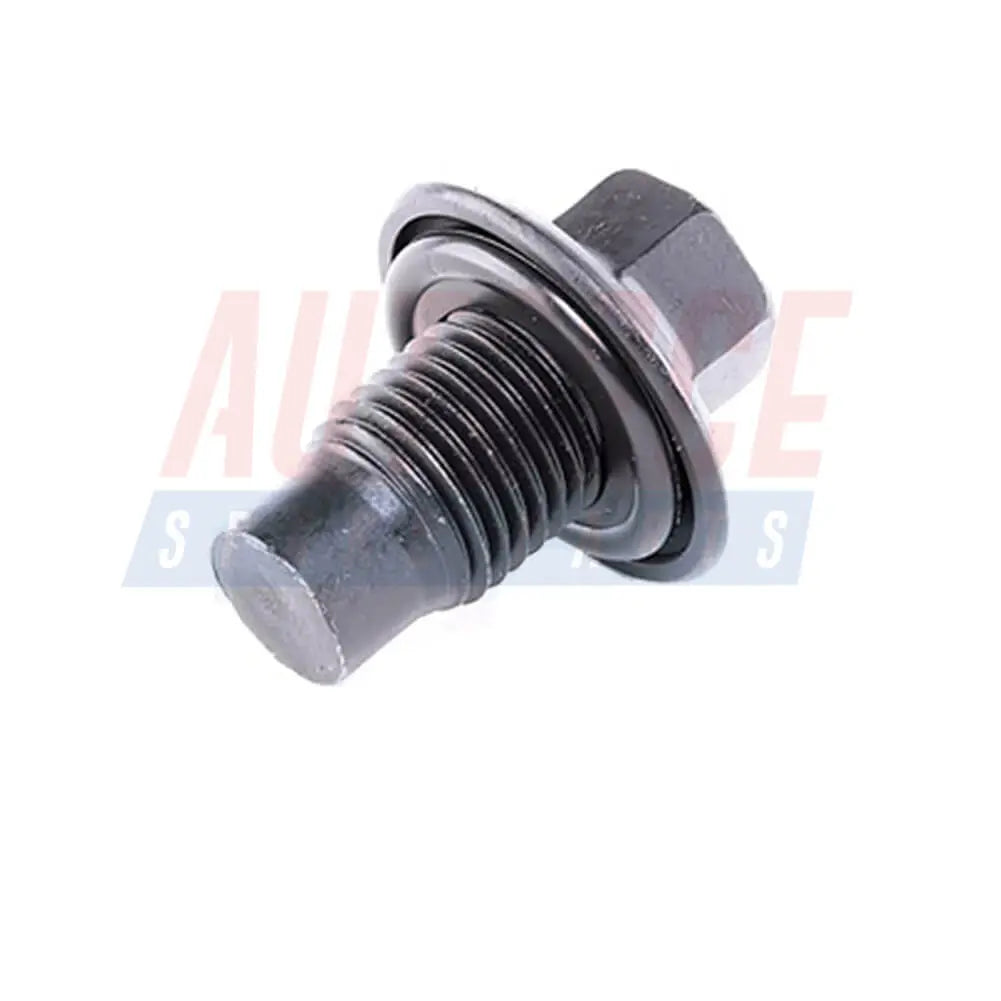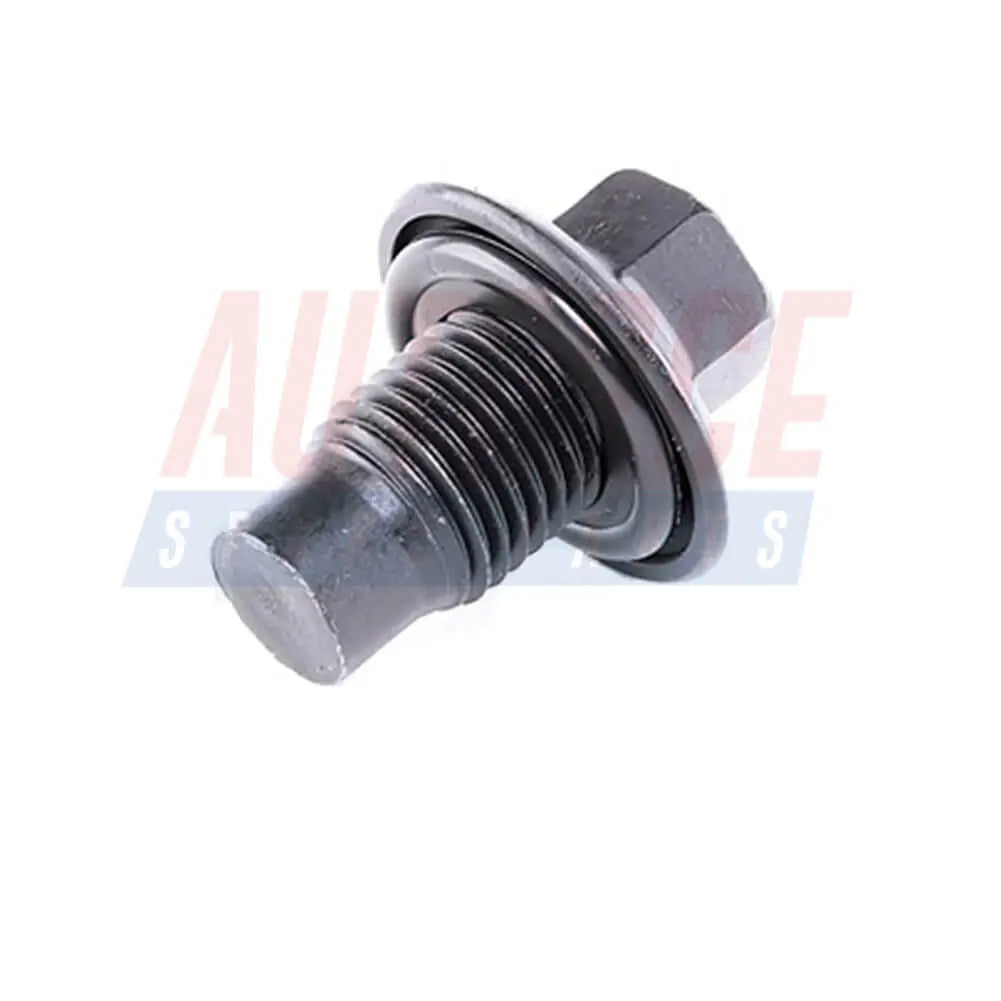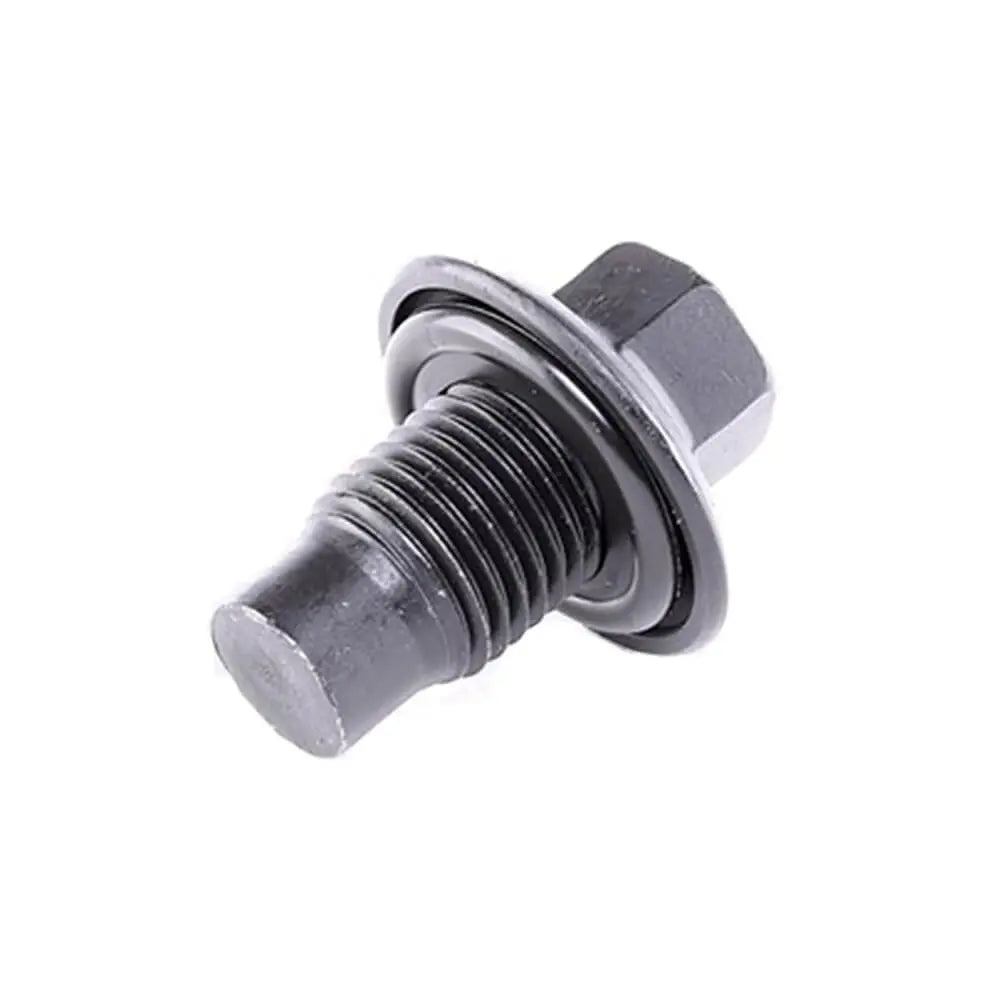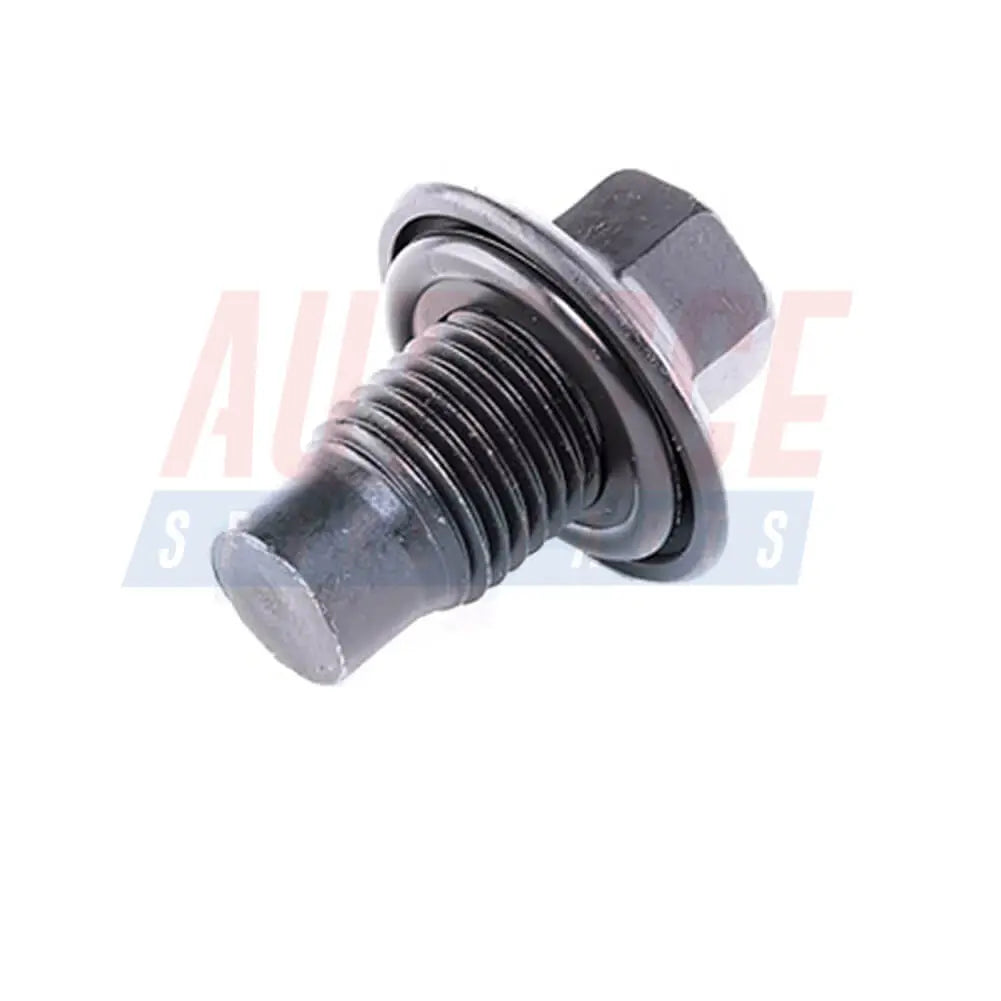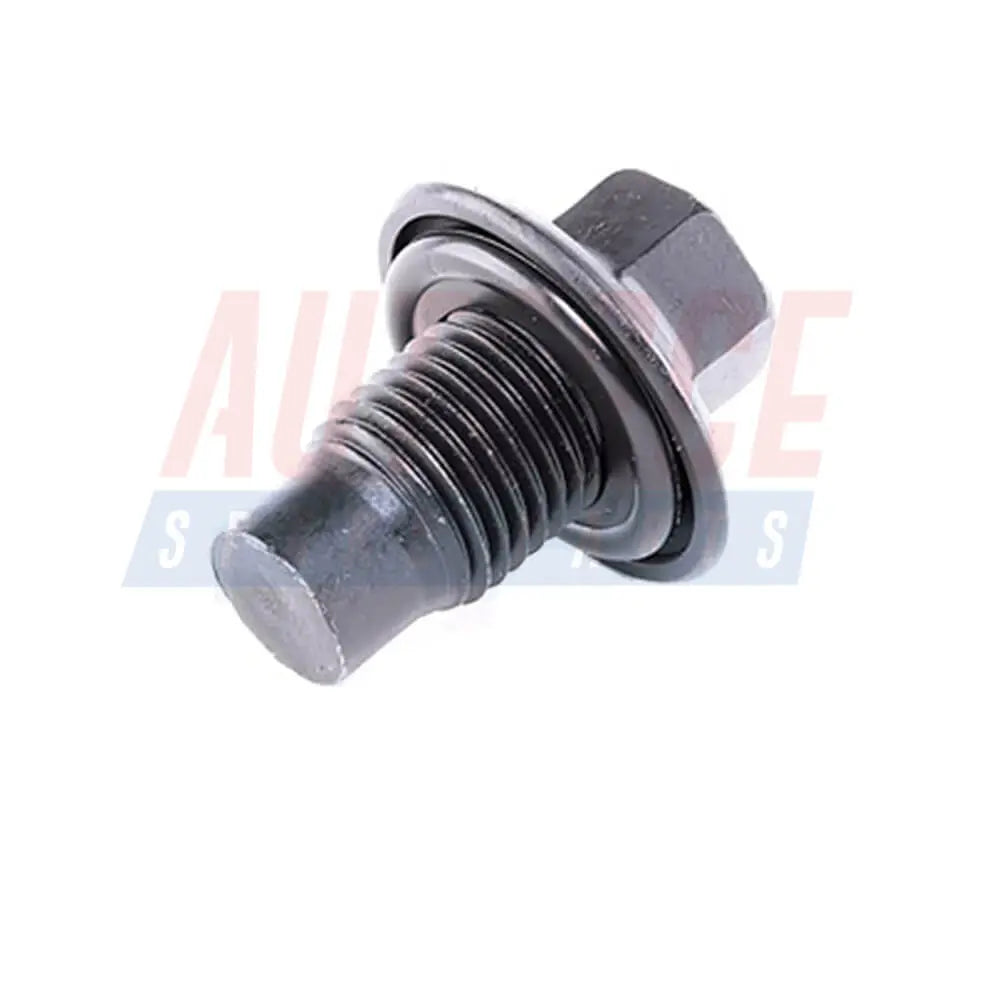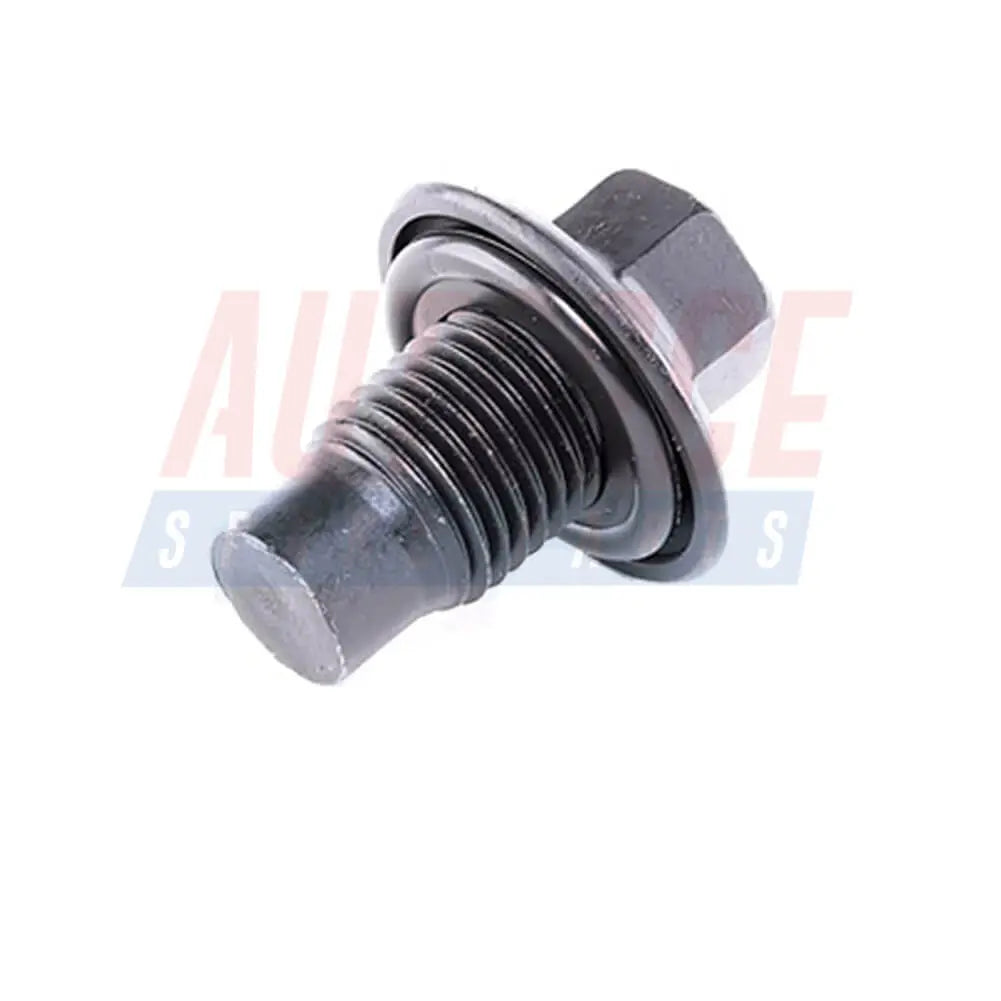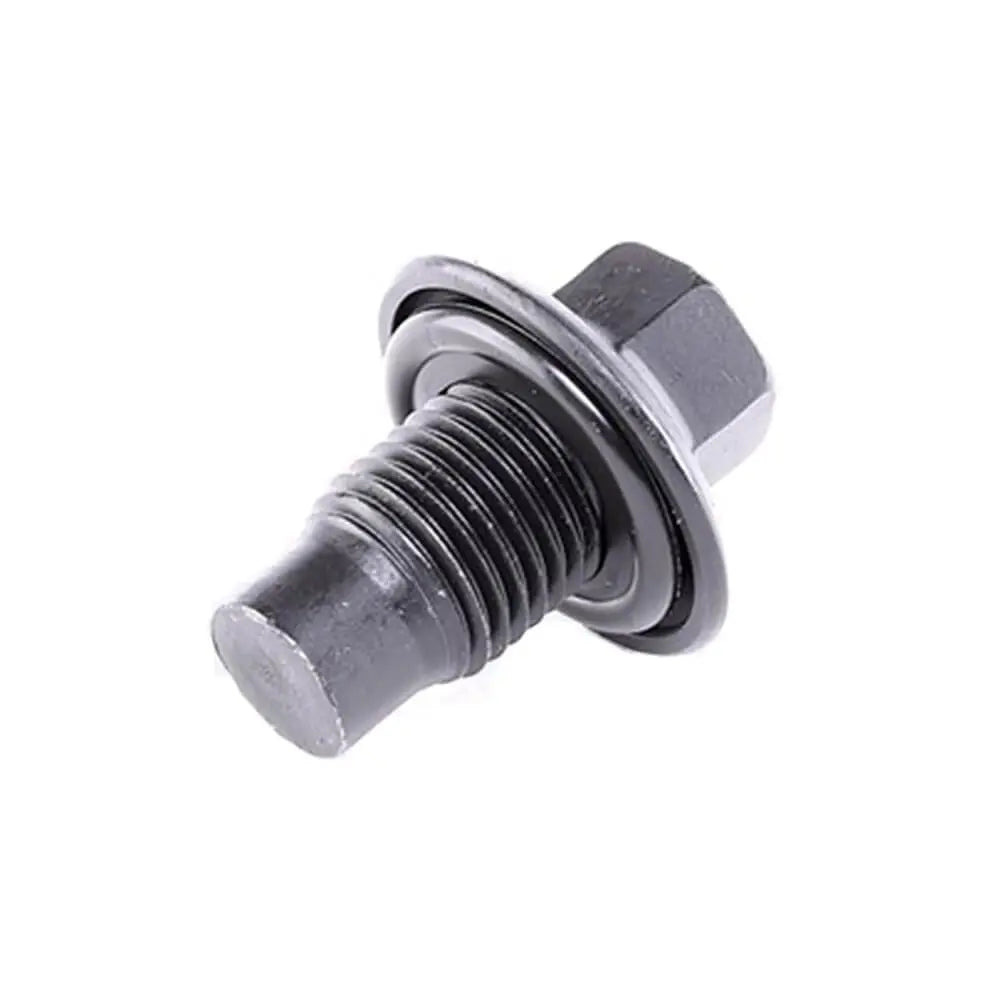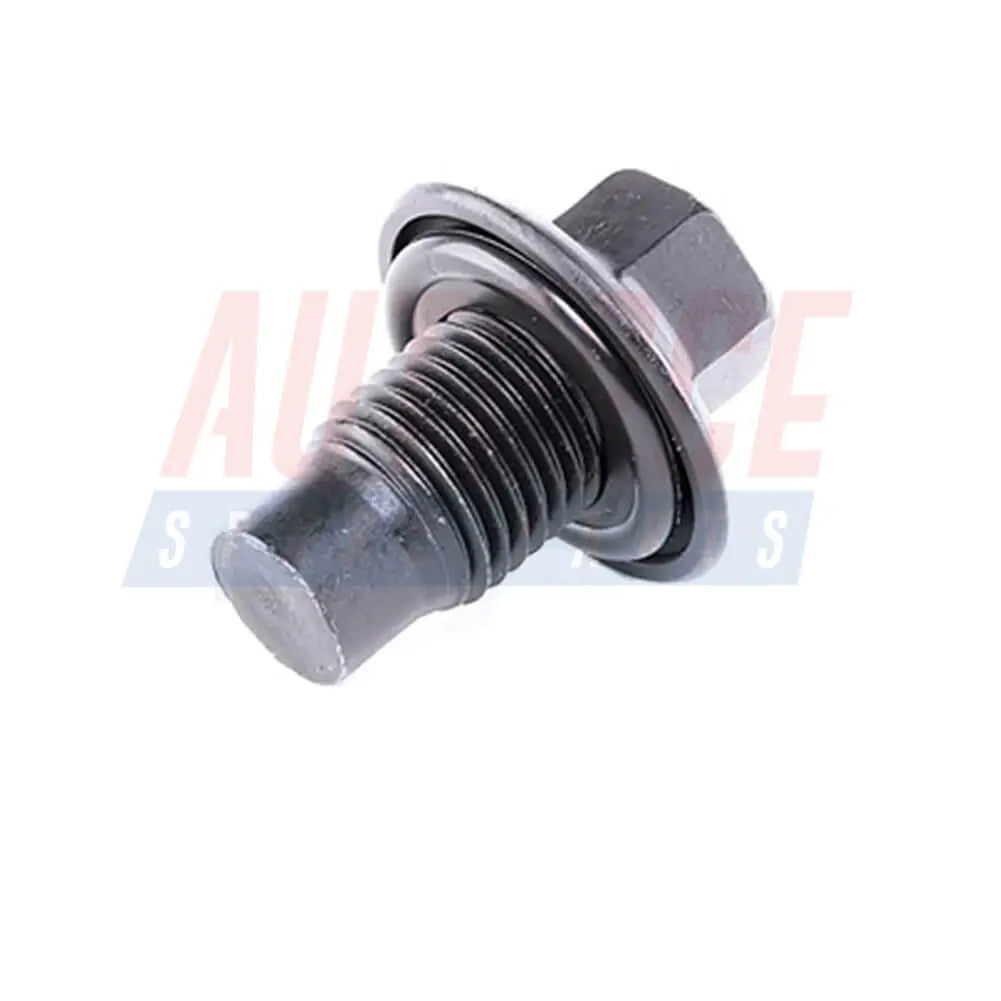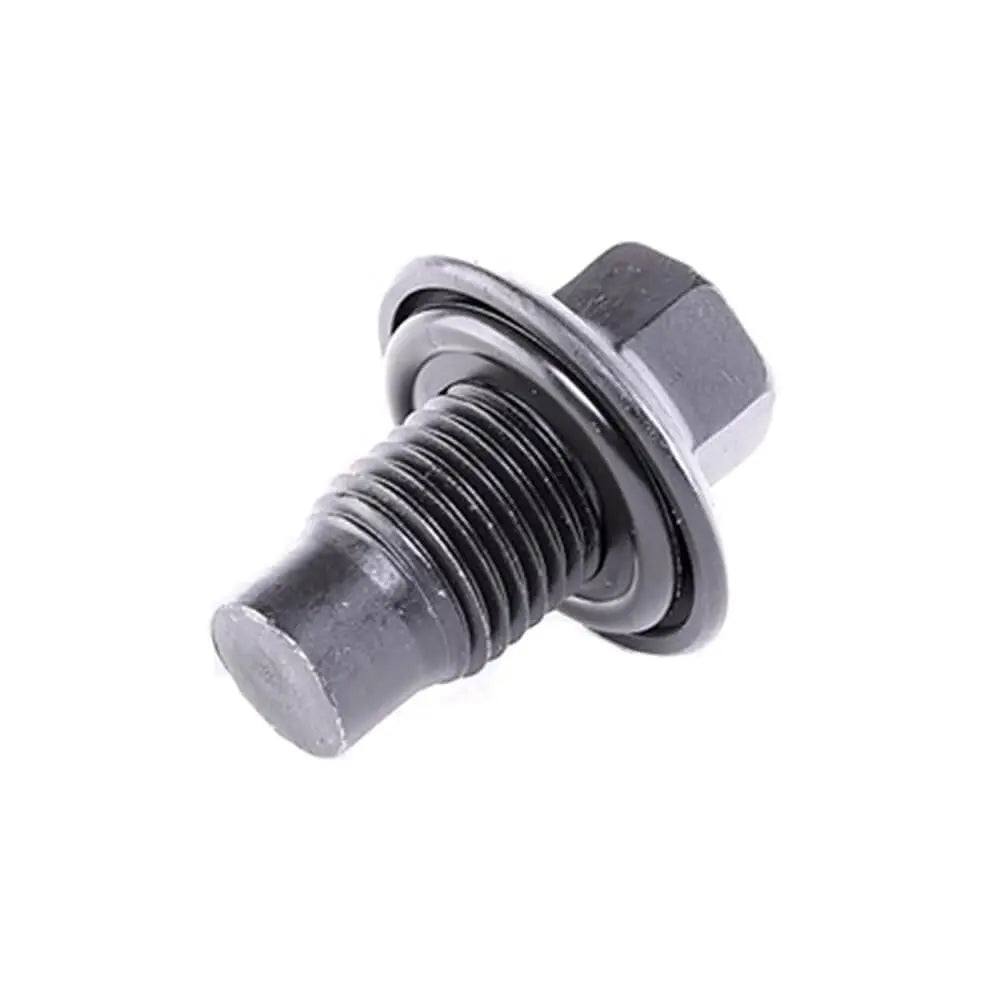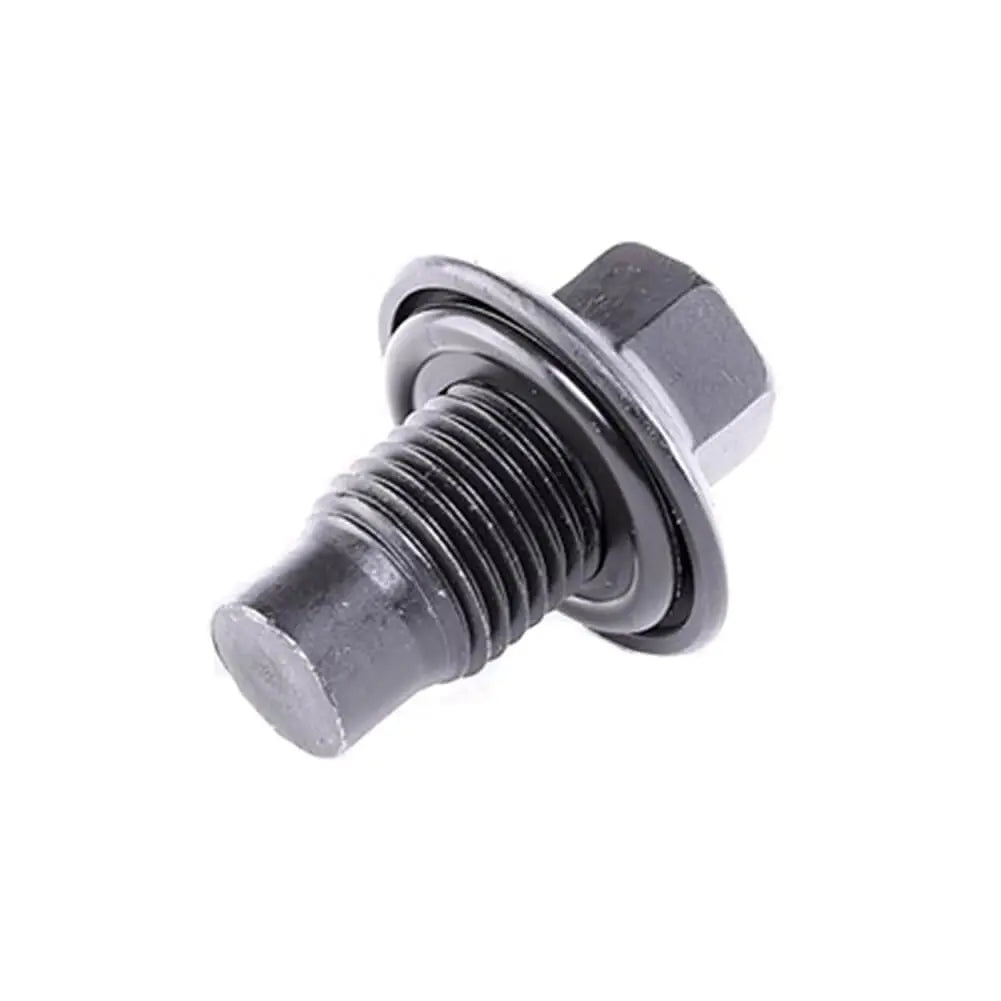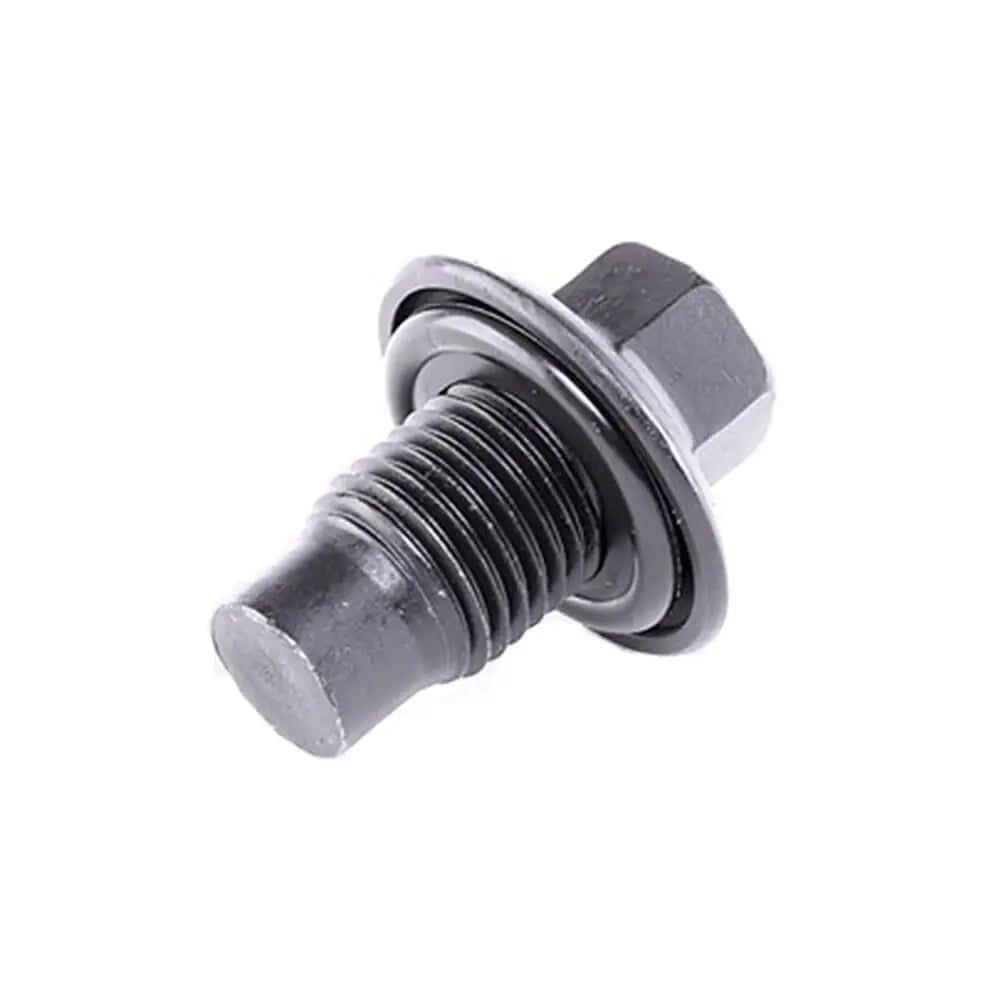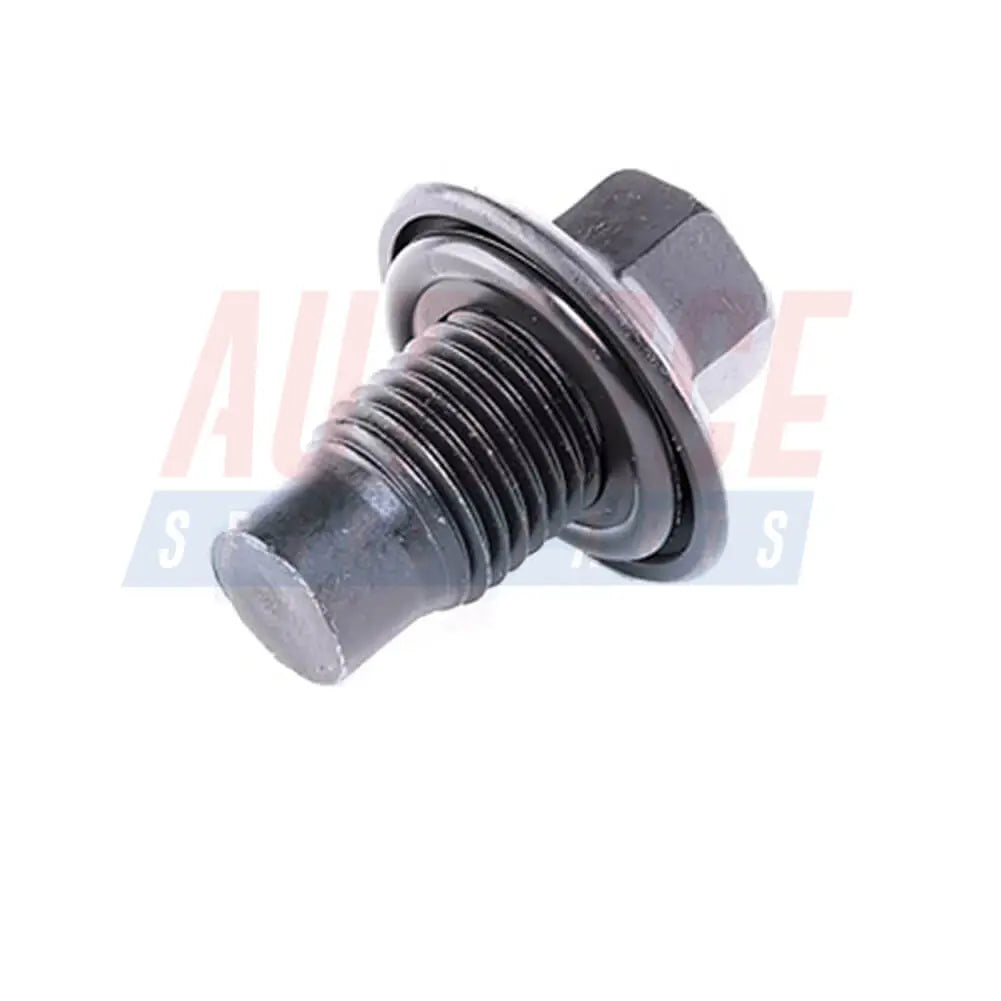Shop by Category
Oil Sump Drai̇n Plug
48 products
Showing 1 - 24 of 48 products
The Essential Guide to Oil Sump Drain Plugs for Cars
When it comes to maintaining a car's engine, one component that often goes overlooked is the oil sump drain plug. While it may seem like a small and insignificant part, the oil sump drain plug plays a vital role in the regular maintenance and smooth operation of a vehicle's engine. In this article, we will explore the purpose of the oil sump drain plug, its importance, and best practices for its usage and maintenance.
Understanding the Oil Sump Drain Plug
The oil sump drain plug, also known as the oil drain plug or oil pan drain plug, is a small but critical component located at the bottom of a car's engine oil pan or sump. Its primary function is to provide a convenient access point for draining and replacing the engine oil during routine maintenance.Purpose and Importance
1) Oil Drainage: The oil sump drain plug serves as the gateway to drain the old, contaminated engine oil from the oil pan. Over time, engine oil accumulates impurities, such as metal particles, dirt, and sludge, which can compromise engine performance and longevity. Regular oil changes, facilitated by the drain plug, help maintain optimal engine health.2) Lubrication System Integrity: The drain plug ensures that all the oil is completely drained from the sump during an oil change. This allows for a more accurate measurement of the oil being replaced and ensures that fresh oil can effectively lubricate the engine's moving parts, preventing excessive wear and tear.
3) Prevention of Oil Leaks: A properly installed and functioning drain plug prevents oil leaks. The plug is designed to create a tight seal with the oil pan, preventing oil from escaping. This helps to maintain the right oil level in the engine and prevents potential damage from oil leakage.
Best Practices for Usage and Maintenance
1) Regular Inspections: During routine maintenance, it is essential to inspect the drain plug for signs of wear, damage, or oil leaks. If any issues are detected, the drain plug should be replaced promptly.2) Correct Installation: When installing a new oil sump drain plug, ensure that it is tightened to the manufacturer's recommended torque specification. Over-tightening can lead to stripping the threads or damaging the oil pan, while under-tightening can cause oil leaks.
3) Use of Washers or Gaskets: Many drain plugs require a washer or gasket to create a secure seal. It is important to replace these components whenever changing the oil or removing the drain plug. This helps maintain the integrity of the seal and prevents leaks.
4) Thread Cleaning: Over time, dirt, debris, and metal particles can accumulate on the drain plug's threads. Before reinstalling the plug, it is advisable to clean the threads to ensure a proper seal. A soft brush or a thread cleaning tool can be used for this purpose.
5) Regular Oil Changes: Follow the manufacturer's recommendations regarding oil change intervals for your vehicle. Regularly replacing the engine oil ensures optimal lubrication and prolongs the life of your engine.
The oil sump drain plug may be a small component, but its role in maintaining engine health should not be underestimated. By allowing for the proper drainage and replacement of engine oil, it helps prevent damage, ensures smooth engine operation, and extends the lifespan of your vehicle. By following the best practices outlined in this article, you can ensure the effective usage and maintenance of the oil sump drain plug, contributing to the longevity and reliability of your car's engine.
Showing 1 - 24 of 48 products
Display
View
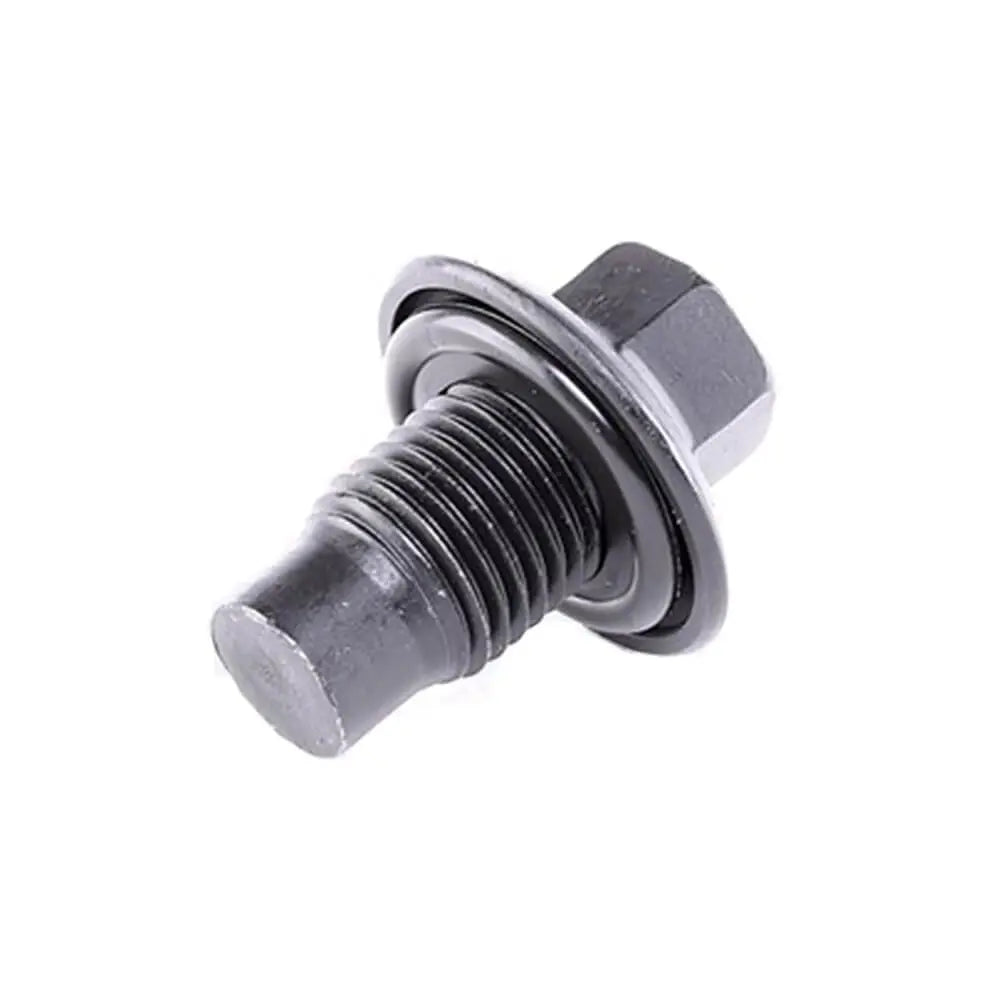

Oil Sump Plug With Gasket For LDV Convoy (2002 - 2009) 6507741AA, 031132, 55224611, 1E0010404
Sale price£4.89
No reviews
In stock
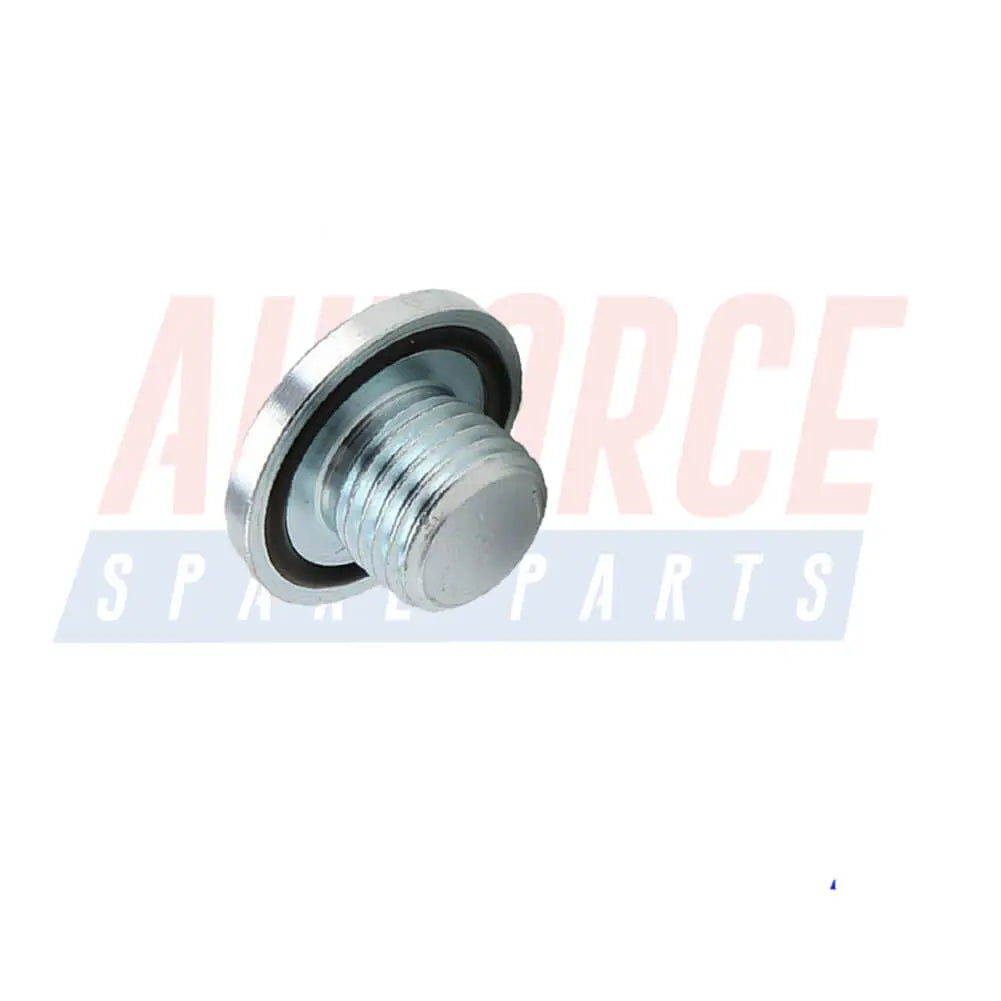
Engine Oil Drain Plug Oil Sump Screw Bolts For Saab 9-5 9-3 - 90502556, 96023264, 0652315
Sale price£3.90
No reviews
In stock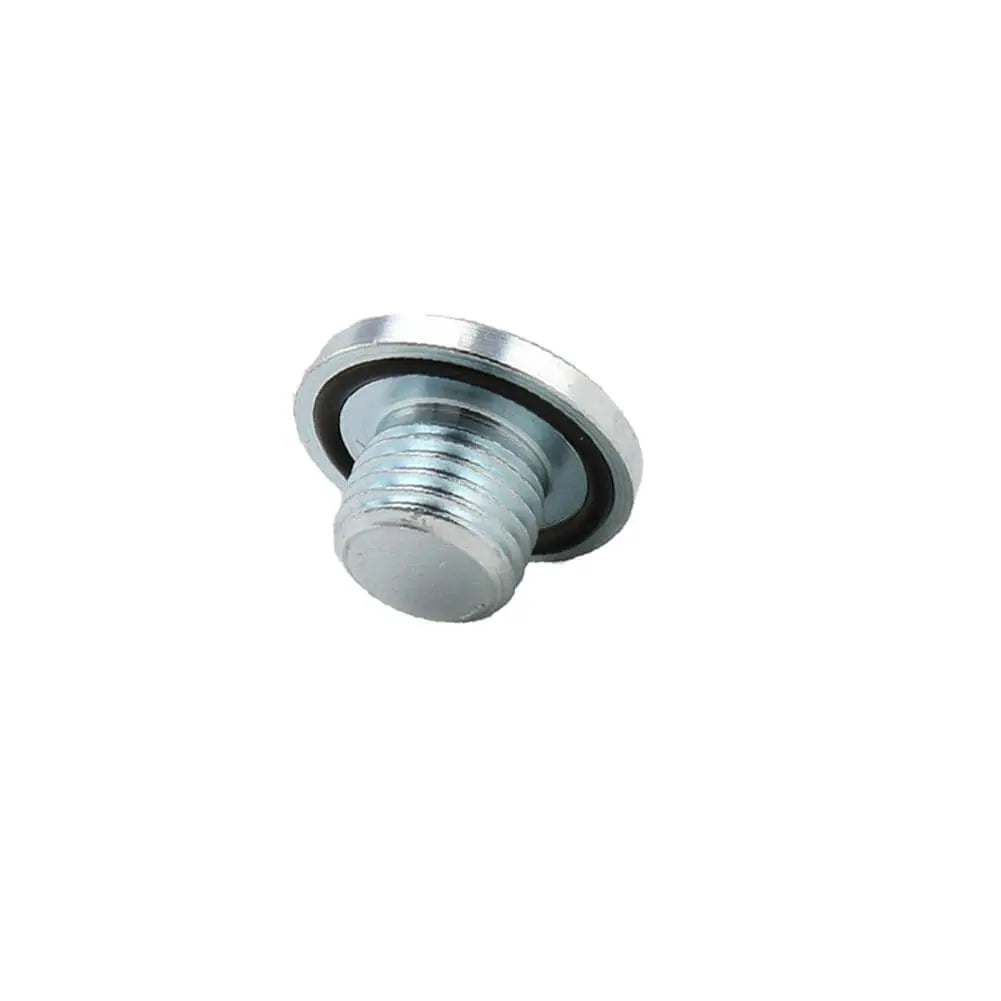

Engine Oil Drain Plug Oil Sump Screw Bolts For Citroen C5 Nemo - 031142, 24111423591
Sale price£3.90
No reviews
In stock
Filters (0)


